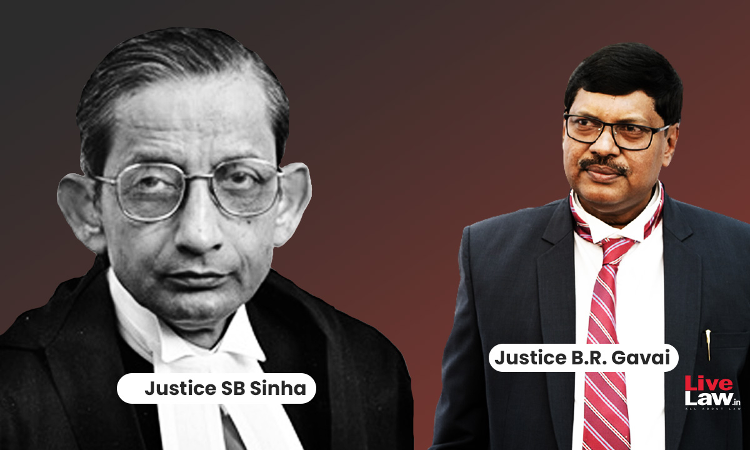Kesavananda Bharati Judgment Paved Way For Economic & Social Justice : Justice BR Gavai
Bhavya Singh
7 Sept 2024 9:55 AM IST

Next Story
7 Sept 2024 9:55 AM IST
Justice Bhushan Ramkrishna Gavai, judge of the Supreme Court, recently delivered a keynote address at the National University of Study and Research in Law (NUSRL), Ranchi, during the 'Justice S.B. Sinha Memorial Lecture, commemorating the Golden Jubilee of the landmark case "Kesavananda Bharati vs. State of Kerala." The program began with a solemn tribute by Justice Rongon Mukhopadhyay of...
